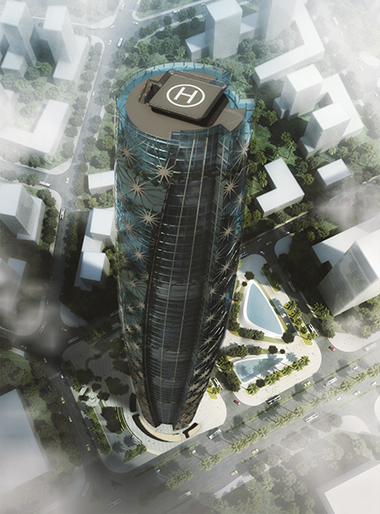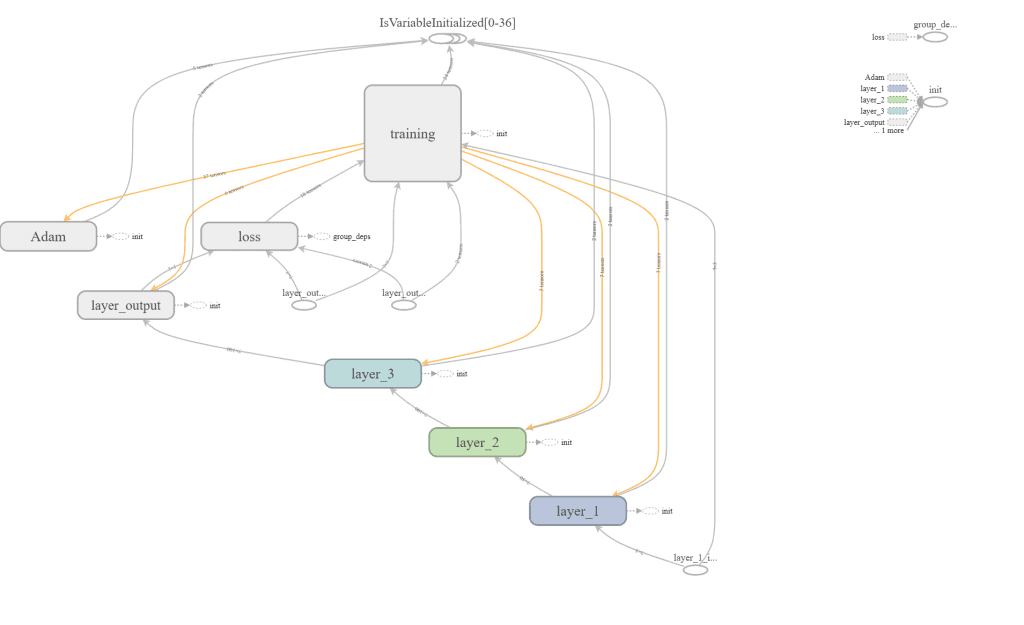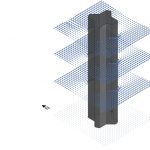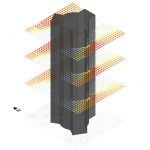BIM is a process that can provide architects with vast opportunities. At the early stage of design, often, proposed models need revisions, and while the design becomes more complex, decision-making becomes harder. Also, designing a sustainable building needs different analyses such as light and wind analysis. Moreover, Analyzing buildings’ forms consumes a lot of time and needs advanced hardware, which results in extra cost. It is obvious that the architectural community needs a tool that can help them in sketching and design stages for analyzing building-massing, and decision-making.
This article suggests a BIM-based framework for using artificial intelligence (machine learning model) to provide a tool for designers or architects in other to improve the process of sustainable design and decision-making. besides, This framework can fasten and improves the process of decision-making, also providing a very accurate result. Since machine learning (ML) needs a broad and varied dataset, it is necessary to provide a database to store data entries within, using building information modeling (BIM) for storing data. While performing this experiment, there is a noticeable issue for data conversion, which needs an extra step in data preprocessing to solve.
BIM Framework (Tools):
The software packages that were used in this research are Rhino 3D, Grasshopper, Ladybug Tools, Butterfly, OpenFOAM, Microsoft SQL Server 2017, PyCharm 2018.3.3 (Community Edition). Python 3.6.5rc1, Numpy 1.14.5, Pandas 0.23.3, Scikit-learn 0.20.2, Python SQL Driver – pyodbc, and Keras 2.2.2 with TensorFlow 1.12.0 backend were used as an integration tool for ML model and Rhino 3D.
Features like ‘Gross Floor,’ ‘Height,’ ‘Top-Bottom Ratio,’ the total ‘Rotation’ of the building, and the ‘Curvature’ of the base shape of the plan were recorded for different building’s form. The fitness function consists of the results of wind and solar analysis. 10061 form was created and stored in the Microsoft SQL Server 2017 database.


Pre-Processing the data:
Data pre-processing was conducted on the database. There were pre-defined factors that filtered the data. After this phase, 7910 entries remained. The process steps are as follows:
- Connecting to the database
- Removing the failed data
- Removing zero radiation:
- Removing duplicate entries
- Removing outliers
- Shuffling the data
- Rescaling the data’s domain
- Categorizing the data
The Machine Learning Model using BIM framework:
A sequential model was defined using the Keras application programming interface (API). For this practice, four layers were introduced. The first layer consists of 50 nodes, five inputs. The second and third layer was defined with 100 nodes. Since the fourth layer role is to return the result, it only consists of 1 node.
Result:
A PC utilizing Windows 10 Build: 1809 (64bit operating system), Intel® Core™ i7-4790 CPU @ 3.60GHz as a processor, 16 Gigabytes DDR3 RAM and 2 Gigabytes NVIDIA GeForce GTX 760 VGA was used to evaluate the model.
The results of the evaluation are as follows:


• While each process of analyzing the skyscraper’s form took 6 hours using the former method (which was done to create the dataset), the same analysis took only 2.2 seconds using the ML model. In approximately 2 hours, 3000 analysis was conducted.
• By removing the need for advanced technology, the ML model results in reducing the cost for analyses, providing a convenient tool for architects to improve the process of design and enhancing the decision-making task. This technology can also be used via a mobile phone which shows the easement of accessing the tool for architects.


• The ML model was evaluated with a 1000 case scenario (test data). The evaluation returns 0.0006 as the amount of the error (loss), proving that the model is very accurate, and the prediction result is valid.


• The former way of analyzing the building’s form returns the result as a value which is hard to understand, in comparison, the ML model returns the result as a number between 0 (not acceptable) and 100 (acceptable), which is easier to perceive. This approach fastens the design process. However, the impact of this approach can be emphasized in the decision-making process. Employing the ML model, it is easier to compare two building forms.




















